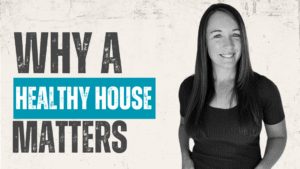
Indoor air purifiers are not a new phenomenon — I can remember an air purifier we had at home when I was a teenager. I’m sure it was ordered out of a catalog and the truth is it may have just been a step above a fan, but the concept of cleaning our indoor air has been around for a long time.
In 2020 we decided it was time to buy the best indoor air purifier as we were bringing a baby home in the midst of a global pandemic. I started shopping, reading studies and air purifier review after review to figure out what we needed.
Little did we know we’d be bringing home a baby with medical needs for the first six months of his life and with that came a group of nurses coming in and out of our house too. I was so glad that we ended up with the air purifier we did. If we didn’t buy the best air purifier before Cameron was born, I know we would have searched for all those air purifier review sites after he was born knowing what we know now.
Air purifiers are such a useful tool to improve the indoor air quality at home. Oftentimes we don’t even know what’s in our air at home and so it doesn’t click with us to purify it or clean it. I often say, “You can’t change if you don’t know”. Basically, if you aren’t aware that there’s a problem, why would you ever change what you’re doing?
And with something like indoor air, we rarely know it’s a problem until we seek out information on correcting another issue we become aware of either with our homes or within our bodies. This is why poor indoor air quality is such a silent problem with so many homes — we can’t see the problem until the effects are known, and even then, we don’t always link the problem to our indoor air.
The fact that you’re here, reading this, means you’ve got a leg up on most families and you’re indoor air quality will likely be much better than the average home. This information I’m about to share is particularly important if you have family members who suffer from asthma or allergies — but we can all benefit from the positive effect air purifiers have in our homes.
Why Purify Indoor Air?
Indoor air that is “stuck” and has improper ventilation and no place to go can quickly become polluted to an unhealthy level. Between our energy efficient homes and our daily living habits, our homes have become an environment with some of the worst indoor air quality around.
In fact, more than half of the air that you inhale over your entire life will be from air inside your home. This can mean that most illnesses related to any sort of environmental exposure are actually coming from indoor air exposure. And this isn’t a new concept at all. In reading “The History of Indoor Air Quality and Health,” we learn that indoor air has been thought of as a major environmental factor since around 1850. It wasn’t until the 1960s when this idea became overshadowed by outdoor environmental air issues. The need for cleaner indoor air has been a problem to our health since the period of time when humans began living indoors.
Essentially, in the distant past there were concerns, but now those concerns are even greater due to the way our homes are built. Buildings are SO much more energy efficient today even compared to 30 years ago. While this improvement is often a good thing, it does allow toxins to build up in the home at a much higher rate.

SCIENCE LINKS POOR INDOOR AIR QUALITY WITH HEALTH PROBLEMS
Each indoor pollutant in your home has a particular size of the matter, which is measured in microns. The smaller the micron, the more difficult it is to remove it from the air in your home. And each set of indoor pollutants has a different health effect on your body. Let’s take a look:
Particulate Matter: Particulate matter is a mixture of solid particles with liquid droplets found in the air. Particulate matter can come in all different sizes based on what the particulate matter is from. Often it’s from dust, dirt, soot, and smoke. The smaller the particles, the more dangerous they are to your health as they can get into deep parts of your lungs and even into your bloodstream.
Particulate matter has been associated with an increased risk of cardiovascular disease, disruption of the endocrine system, and contribution to metabolic diseases. (SOURCE)
VOCs (Volatile Organic Compounds): VOCs are inhaled and absorbed through the skin as well as ingested through food sources and non-dietary sources (SOURCE). Interestingly, it may actually be worse for the health of our bodies to absorb toxins through the skin as the toxin does not encounter the same detoxifying enzyme that an ingested toxin would experience before it enters the bloodstream.
VOCs can come from building materials, our furniture, cleaning products, personal care products, plastics, and adhesives and preservatives. (SOURCE) Formaldehyde is one of the most well known and prevalent VOCs in our homes. Formaldehyde, for one is a carcinogenic: it has been known to cause cancer. Other long term effects of concentrated VOCs in your home are diseases like asthma, reduced pulmonary function, increased risk of tumors and severe respiratory problems. In recent years, they’ve also been linked to skin irritation and inflammation, damage to the liver and kidneys and negative impacts on our blood system. (SOURCE)

Pesticides: Believe it or not pesticides are widely used on more than just our food products. Our wood products and wood materials in our homes have often been treated with a type of pesticide to keep the wood well, pest free. Fabrics and textiles also can have pesticides in the fibers from treated cotton plants. In addition to that, we can track pesticides inside on clothing and shoes that have been outside. (SOURCE)
Pesticides, once in our homes, can stick around for months or even years because they’re created to protect against sunlight, rain and other factors that may break them down. Pesticides have been linked to hormone disruption and cancer as well as asthma and diabetes. (SOURCE)
Biological Allergens: Biological allergens are things like dander, dust, dust mite, mold and pollen. Oftentimes the response to this is an allergic type response, asthma, and other respiratory diseases (STUDY). This is often even more severe in children and elderldy who are in contact with these biological allergens (SOURCE). Some individuals can have severe, infectious or toxic reactions creating severe problems in the lungs and respiratory system (SOURCE)
Microorganisms: This includes contaminants like fungi, viruses and bacteria. Obviously viruses are something most of us try to avoid on a frequent basis, but here they are, present in our homes. Oftentimes we bring viruses into the home either ourselves or by an object that contains the virus on it.
Humans are also the main source for bacteria in the home, however it can also be present from water in the home as well. And this leaves us with fungi, which if not eradicated, can produce mycotoxins which are extremely harmful to our DNA. (SOURCE)
Microorganisms in our indoor environment can lead to chronic health issues like allergic dermatitis, chronic airflow obstruction, chronic bronchitis and asthma.
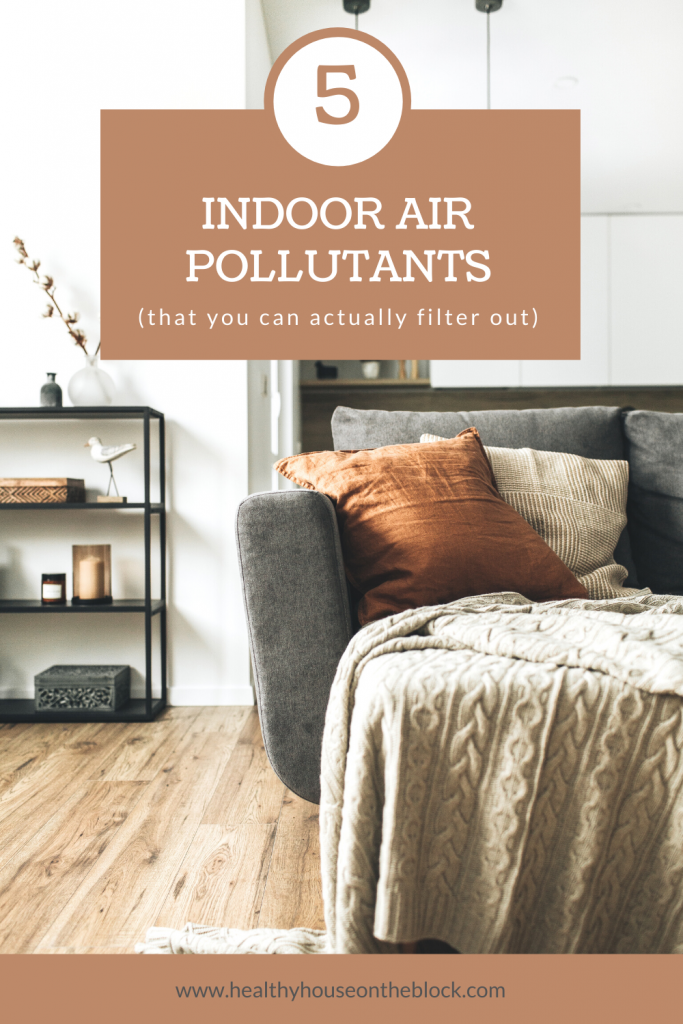
What to Look for When Shopping for an Air Purifier
Filters
The filter is probably the most important and talked about part of an air purifier. Before you read pages and pages of air purifier reviews, make sure you know exactly what you’re looking for first. You want to make sure your air purifier has an H13 True HEPA filter. This is also referred to as a medical grade HEPA filter. This type of filter will capture particles down to .1 microns – 99.9% of all particles.
The reason many air purifiers don’t use the HEPA H13 filter is because it is SO good at capturing particles that it covers less square footage.
Another word of warning when reading air purifier reviews is to run from the term “HEPA Type” filter. Basically it’s an unregulated term and essentially means it’s not a true HEPA filter.
Three-Stage Filtration System
The best air purifiers combine a pre-filter for large particles, an H13 True HEPA filter for fine particles, and an activated carbon filter to absorb odors and volatile organic compounds (VOCs). This comprehensive approach ensures maximum air purification.
Airtight Seal
In order to keep pollutants from re-entering the air, an airtight seal is needed, otherwise the pollutants escape and we’re back at square one. Many air purifiers use multiple filters for this very purpose.
Square Footage
If you know where you’re going to put an air purifier, you’ll want to find out the square footage of your space. Different models are designed for various room sizes – from small bedrooms to large living areas.
Carbon Filter
Carbon is a media filter that can help get rid of odors and other toxins that a pre-filter won’t catch. Sometimes you can find filters that utilize both a HEPA filter AND a carbon filter. I think this is the best of both worlds. Carbon filters usually remove gases and unpleasant odors, but don’t remove fine particles like mold, dust or pollen.
Fan Noise
Okay, we are a white-noise family. Everyone has a white noise machine in their room and everyone sleeps (for the most part). So, the fan on an air purifier wasn’t a huge deal breaker for me, but it might be for others. If you don’t want a super loud fan, look into if you can run the air purifier at a lower speed in order to keep the fan quiet. Also, look into how many sones the fan is. The higher the sone, the louder the fan.
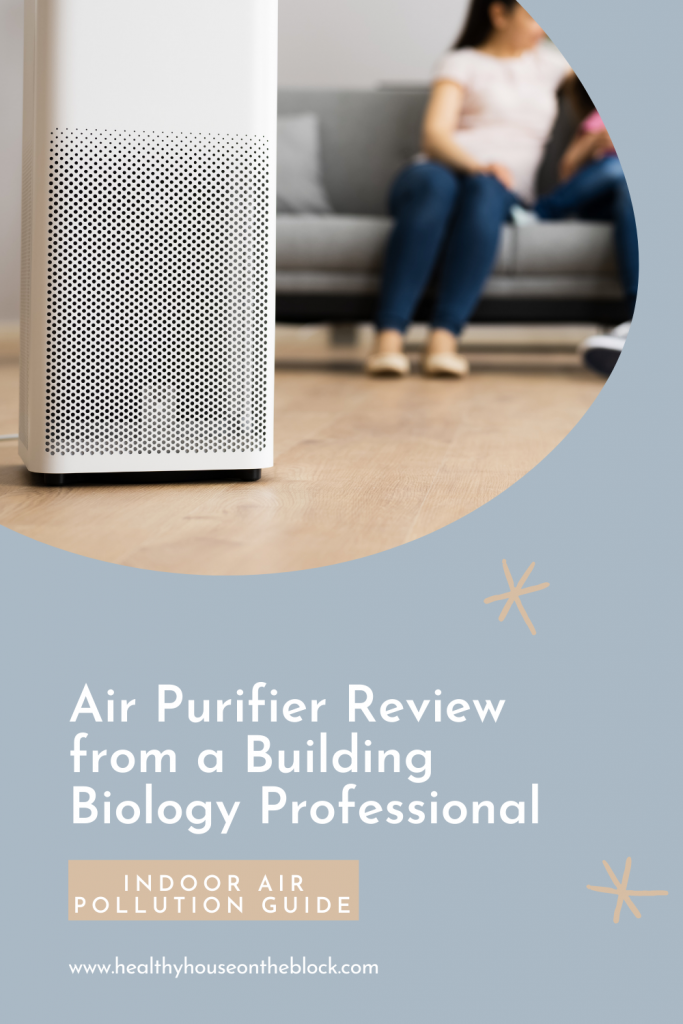
Why I Love MedifyAir
I have felt SO confident in the science and technology used in the MedifyAir purifiers that I haven’t thought twice about having visitors — except to make sure that the air purifier was turned on.
Here’s why I recommend MedifyAir:
- H13 True HEPA Filtration: Captures up to 99.9% of particles as small as 0.1 microns, including dust, pollen, smoke, pet dander, and certain airborne pathogens.
- Three-Stage Filtration System: Combines a pre-filter for large particles, an H13 True HEPA filter for fine particles, and an activated carbon filter to absorb odors and volatile organic compounds (VOCs).
- UV-C Sanitization (in select models): Some models incorporate UV-C light technology to deactivate bacteria, viruses, and mold spores, providing an additional layer of air purification.
- Various Coverage Areas: Models like the MA-14 are suitable for rooms up to 200 square feet, while the MA-25 covers up to 500 square feet, making them versatile for various room sizes.
- Quiet Operation: The fan isn’t too loud and I love that it has four different settings on it for some added control.
- Sleek Design: I love the look of this air purifier. I love clean lines and I like that this purifier looks modern and isn’t an eyesore in the middle of our living room.
- Child-Friendly Features: If you’ve got kiddos like we do, you’ll also appreciate that it has a child lock on it. You know how kids like to play with your stuff more than their toys, and the air purifier was no exception. But with the child lock you can trust that they won’t be adjusting your settings.
- Proven Effectiveness: Studies have demonstrated that models such as the MA-40 and MA-50 can remove 99.99% of airborne particles related to SARS-CoV-2 within 30 minutes at their highest speed settings.
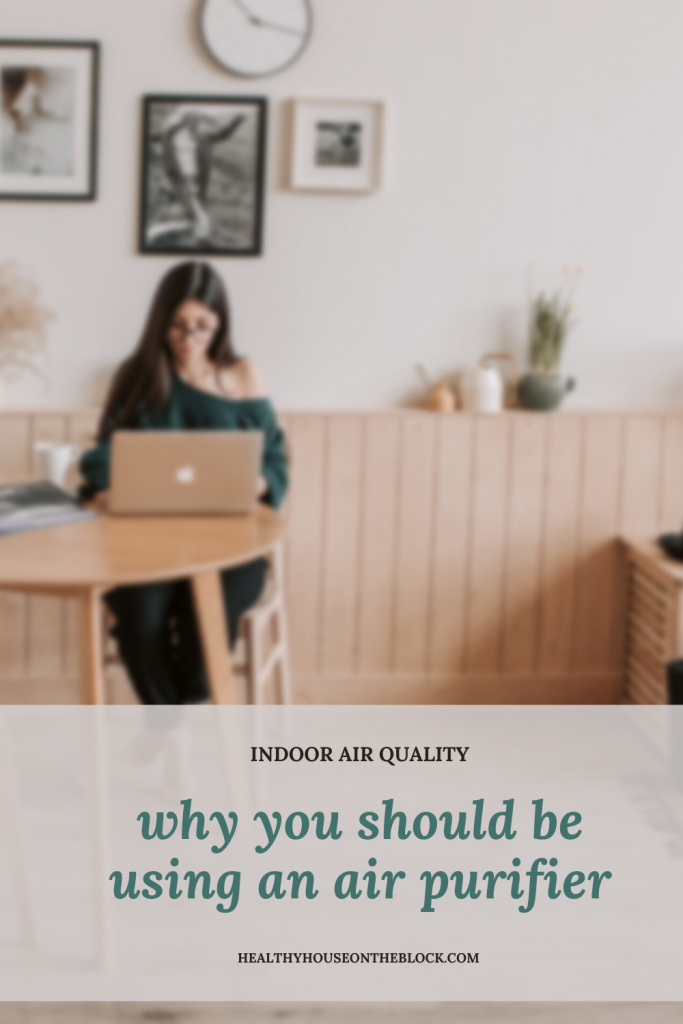
Benefits for Your Home and Health
Incorporating a MedifyAir Purifier into your living spaces can:
- Reduce exposure to allergens and airborne pathogens
- Minimize odors from cooking, pets, and smoke
- Enhance overall indoor air quality, contributing to better respiratory health
- Provide peace of mind with tested and proven air purification performance
For those with allergies, asthma, or sensitivities to airborne particles, an air purifier can make a significant difference in your quality of life. By continuously filtering out harmful substances, these purifiers contribute to a cleaner and healthier indoor environment.
If you’ve got questions that I didn’t answer in my air purifier review, just comment or send me an email — I’m more than happy to answer any question you may have about it.
And if you do decide that you’d like to try the MedifyAir Air Purifier at home, be sure to use my coupon code HHOTB15 to get 15% off your order.
Your health is worth investing in, and improving your indoor air quality is one of the most impactful ways to support your overall wellness at home.
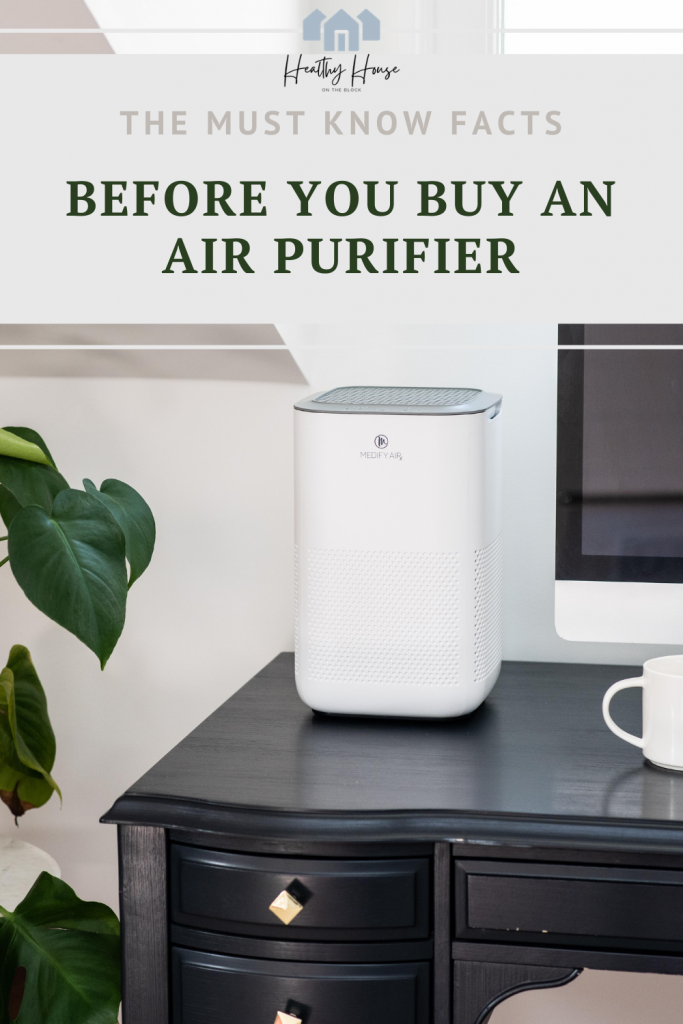
Share this:
- Click to share on Facebook (Opens in new window) Facebook
- Click to share on LinkedIn (Opens in new window) LinkedIn
- Click to share on Reddit (Opens in new window) Reddit
- Click to share on Pinterest (Opens in new window) Pinterest
- Click to print (Opens in new window) Print
- Click to share on X (Opens in new window) X





